
Cost to Serve and Data Analysis
- Home
- Cost to Serve and Data Analysis
CALL US
+44 (0)1926 430 883
E-MAIL US
[email protected]
Cost to serve is a predominantly process-driven financial analysis used to calculate customer account profitability against actual business activities; when overhead, and service costs are also taken into consideration.
Following the cost to serve analysis, the logistics cost to serve each customer and product is known. This reveals the hidden profits and hidden losses behind the overall profit. Commonly used metrics such as logistics cost per unit, or cost as % of sales, do not differentiate adequately between customers / products.
While businesses usually have an overall understanding of logistics costs, they are often not able to express these for a customer, product, or group of customers / products. However, having this knowledge can allow businesses to achieve optimum profitability by effective targeting of cost reduction initiatives, renegotiation of commercial terms and route to market changes.

How Does the Model Work?
The model works by breaking down all the logistics activities and assigning cost drivers to them. The activities and associated resources / costs are attributed at customer / product level using an activity-based costing methodology.
The model takes account of the different activities required at a granular level – hence we can build back up to costs by customer, customer group, geography, product, product group etc. with confidence that the costing reflects the resources employed.
What Can You Change?
In order to provide sound and effective supply chain solutions, existing processes must be analysed, improvements identified, and solutions designed and written. The solutions are tested theoretically using software modelling, with an allowance for the human “intervention” factor.
As well as complete supply chain assessment and design, The Consultants at The Supply Chain Consulting Group (SCCG) will develop processes for exceptions within the usual process, otherwise known as Supply Chain Event Management.
Cost to Serve Modelling Considerations
- Are some of our customers unprofitable?
- What do the unprofitable customers have in common?
- What can we change to reduce the cost to serve for high cost-to-serve customers?
- Can we tailor our pricing to encourage positive customer behaviours?
- Could we be more competitive in some areas?
- Are some of our products unprofitable? Which ones?
- Can we target more business from low cost-to-serve customers and products?
Potential Risks
- Assuming a blanket cost-to-serve per case or as a % of sales
- Expanding the business in high cost-to-serve areas, reducing profitability
- Giving a very high service level to customers without recouping the cost
- Negotiating prices without knowing the cost-to-serve, making unprofitable deals
- Losing the most profitable sales to competitors who understand the cost-to-serve
- Unwittingly selling and promoting products that are not profitable
Process Design & Data Modelling
Cost savings can be made, by focussing on better managing unprofitable business areas – whether it be reducing the frequency of deliveries to high-cost-to-serve groups of customers, remodelling the distribution network to reduce costs; or moving high-cost-customers to a distributor model.
These cost reduction initiatives can enable clients to enter commercial negotiations armed with a clear understanding of the cost to serve a particular customer type or product group. Our specialist consultants offer a tailored price-to-service model based on known cost to serve –for instance – discount for full pallet orders. Go Supply Chain has produced tailored cost to serve models for customers in retail, FMCG and Non-FMCG. The models are well structured, and we work closely with your team in development and handover.
Supply Chain Event Management
This ensures that a breakdown in the supply chain in one area can be compensated, or bypassed, by an exception process in order that the whole, or part of, the supply chain does not come to a standstill and is still able to function.
- Business modelling & statistical analysis using Excel (including VBA development)
- Database development using MS Access
- Network analysis & optimisation
- Transport route scheduling capabilities
- Data presentation (Visio, PowerPoint)
- Project management and administration
- Geographical analysis – thematic mapping, centre of gravity studies
- Time and motion and Operational Workflow Study and Resource Requirement Planning
- Operational and Supply Chain Cost Modelling
- Operational Process and Design
- Supply Chain Event Management (SCEM)
- Process application and Solution Implementation
Data analysis & business modelling
As system driven processes have increased in the last two decades, so has data availability, often to unmanageable levels. Whilst, from a management perspective, it’s fantastic to have access to so much historical information, it can often become data overload and you lose the ability to analyse the information quickly and effectively.
Through years of detailed supply chain management and analysis, the consultants at SCCG have built considerable skills in data analysis & business modelling, allowing us to analyse information quickly and present it with absolute clarity. We regularly undertake all types of business modelling including customer value models, queuing theory models (for site layouts), multiple regression analysis, process modelling, forecasting and data consolidation.
The skills base developed at The Supply Chain Consulting Group mean we regularly offer our clients further value outside of the traditional supply chain environment by providing the analytical skills to:
- Determine customer value
- Price products with tie-ins
- Price products using subjectively determined demand
- Optimise capital budgeting and financial planning
Think the SCCG team are the right fit for your business? Drop us a line today and lets improve your operation efficiency.
FAQs
Building transport, inventory and location strategies around your customer service goals. Developing a logistics infrastructure that meets your business goals.
Our knowledgeable Supply Chain Consultants have built Cost-to-Serve models to allow companies to unlock hidden profit potential by understanding the costs involved in serving specific customers and products. Understanding each clients’ individual priorities and the specific complexities of each business; The SCCG team carefully utilise specific models, in order to custom-build solutions for each client.
Synonymous with Supply Chain is Inventory Optimisation, for which our Supply Chain Consultants use ‘Inventory Modelling’ to establish the correct level of stock for any given situation – balancing the need to maintain a high-level of customer service with the desire to minimise working capital.
As part of the Global Supply Chain – Import, Export and Logistics – is the part of the supply chain processes that plans, implements, and controls the efficient, effective forward and reverse flow and storage of goods, services, and related information between the point of origin and the point of consumption in order to meet customs and customer requirements.
Inventory modelling can be used to define the correct stocking policy for a large range of SKUs – for example, which SKUs should be stocked in local branches, and which should be held in one national centre.
Clients Case Studies

Weidmann Case Study

Warehouse Review and WMS selection for a Creative Agency

Warehouse Design Project for Davis and Shirtliff

Warehouse Design and Implementation for a Luxury Retailer
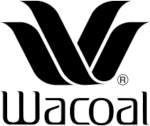
- s&op ·
Wacoal (Formerly Eveden Group) Case Study
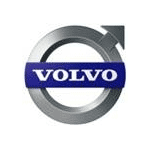
Volvo Group Case Study
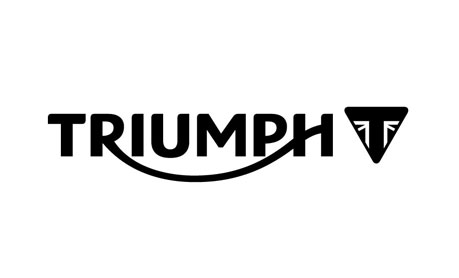
Triumph Motorcycles Case Study
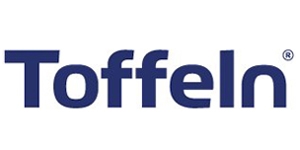
ToffeIn Case Study
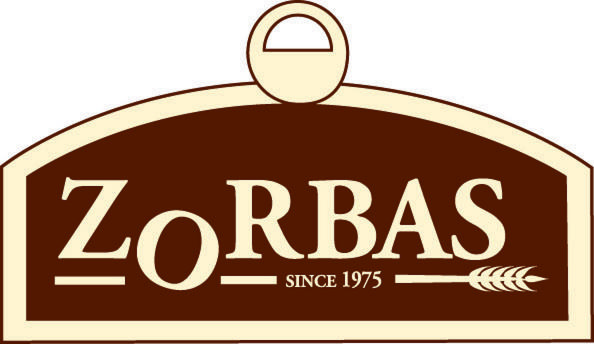
The Supply Chain Consulting Group Supports Zorbas
Get in Touch
Call us on +44(0) 1926 430 883
Supply chain and Logistics Specialists highly experienced in all aspects of Supply Chain and Logistics Operations, Distribution Network Strategy, Warehousing Operations, e-commerce Logistics and Warehouse and Distribution Centre Design.
Supply Chain
Warehousing
Logistics
Office 26, Pure Offices
Plato Close
Tachbrook Park
Leamington Spa
CV34 6WE
The Future Works
2 Brunel Way
Slough
SL1 1FQ
The Supply Chain Consulting Group Limited
No1 Balloon Street
Manchester
M4 4BE
A supply chain and logistics specialist with knowledge of logistics network planning, warehouse design and material sourcing.
Registered in England and Wales. Company Registration No: 09751027.
Registered office at Innovation House, Molly Millars Close, Wokingham, England, RG41 2RX. UK.
